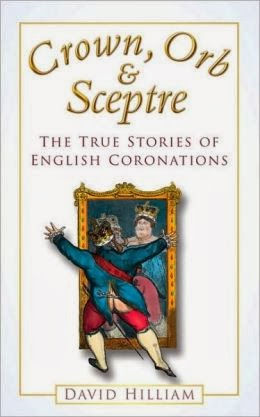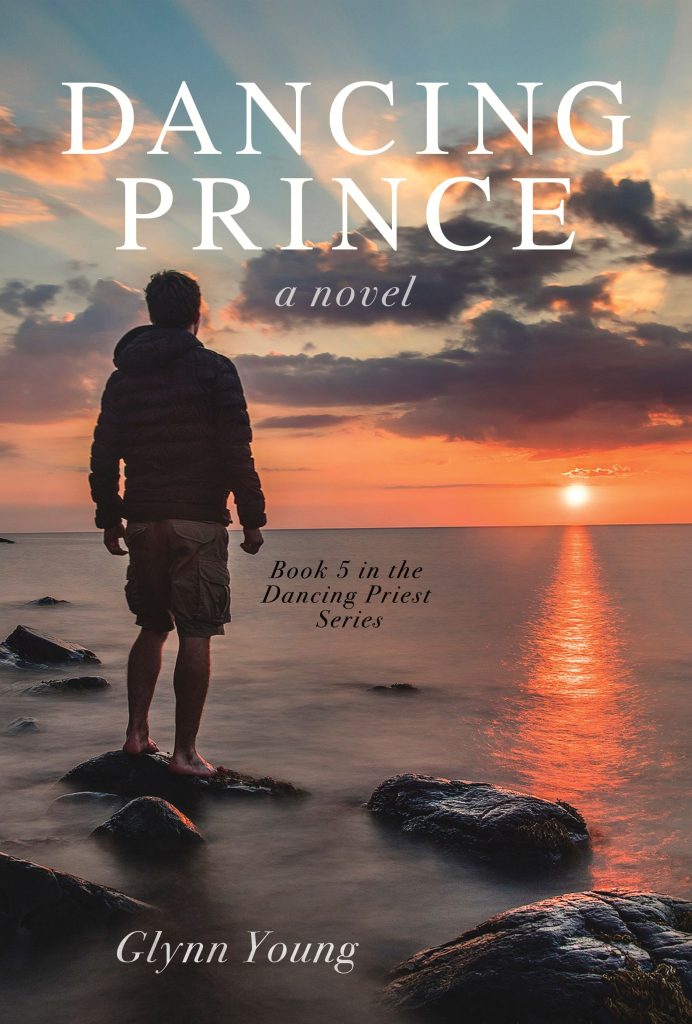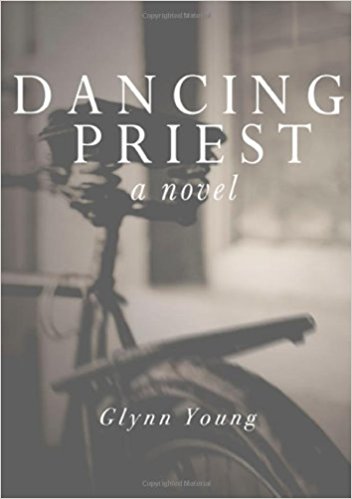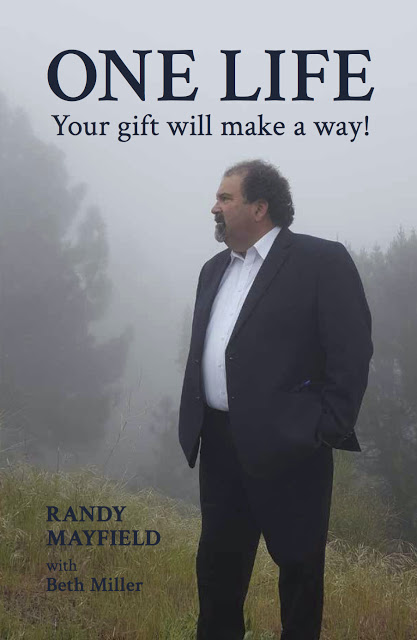
The title for this post is something of a “Well, duh” kind of title. For a story to work well, it’s the characters who have to take over and knock the author from his perch.
I’ve been reading Writing Better Fiction by Harvey Stanbrough, and he says that he almost called his book Writing Better Character-Driven Fiction, until he realized it was rather redundant. “All good fiction is character-driven,” he writes. He’s not big on outlines, plotting, character sketches, erecting signposts, or anything else that might smack of planning. Instead, he says, “like real life,” he says, “authentic fiction is not planned. Like real life, authentic fiction unfolds naturally.”
Stanbrough has an acronym for this – WITD, or “Writing into the Dark.”
As I’m reading this, I keep asking myself, is this how I write?
The answer is, yes, almost entirely.
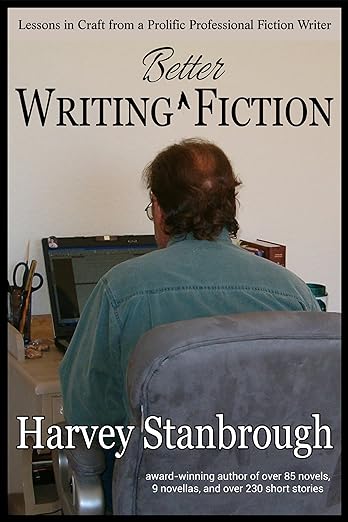
I’ve written before about how a minor character became the heart of my fifth novel, Dancing Prince. He was supposed to stay in place. I thought I had a plan for the book in my head. But as I began to write, four-year-old Thomas kept sticking his head in where he was wanted or, I thought, needed. I finally relented and expanded his role a bit. That’s all the encouragement he needed. He took over.
The book turned into a very different story from the one I’d originally intended. Good thing, too.
I’m currently in the thick of a new story. It’s a rewrite of an earlier manuscript that didn’t work. I’m not rereading the old manuscript as a guide. Instead, I’m letting the characters tell the story, and it’s becoming very different from that old manuscript.
But something similar to Dancing Prince has happened. A new character unexpectedly showed up. The main character is still the main character, but I was typing a scene where he’s leaving an apartment one morning. And for some unknown, crazy reason, this is what I typed next: “As he walked out the door, he saw a young man leaning against a motorcycle parked on the sidewalk.”
Where did that come from? I stared at the line. I read it out loud. I kept staring. And then I knew his name. I knew what he was doing. I knew what would happen next and how the entire story had just shifted. I set the characters free; they let me come along for the ride. Several complicated issues waiting for a solution suddenly were solved, because I let the characters solve them.

I said above that “writing into the dark” is almost entirely how I write. That qualifying phrase has to do with how a story forms in my head, long before (years in the case of Dancing Priest) before the first word lands on the computer screen. The stories I write essentially begin as short scenes in movies. I visualize them happening, slowly connecting the scenes until I can say a “whole story” has been visualized.
But each scene in my head is character driven. And I mentally repeat each scene to watch what the characters do, and to see how the characters themselves change the scene.
What’s clear is that I’m not the movie director. I may not even be the script writer. I think I’m more a technician standing in the shadows, assisting if needed, moving props around, painting a backdrop.
But the characters are in charge.
Top photograph by Steven Houston via Unsplash. Used with permission.

